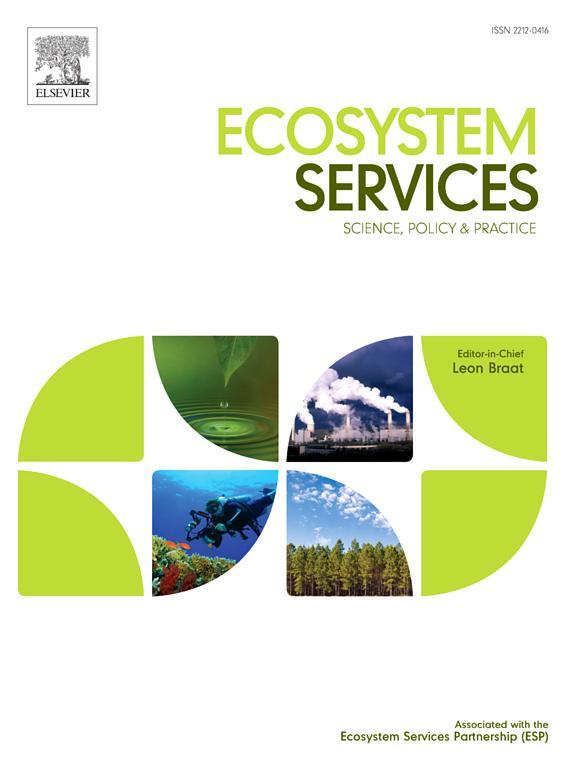
New research: Ecosystem services in Australia
Benefits to humans a major rationale for habitat restoration
New research led by ESS Associate Professor Virginia Matzek shows that the concept of humans benefiting from ecological restoration has been thoroughly mainstreamed into natural resource decision-making in Australia.
Ecosystem services are the benefits, both tangible and intangible, that humans receive from the functioning of intact ecosystems. They include services as varied as crop pollination by bees, carbon storage in forests, groundwater recharge on unaltered floodplains, and enjoyment of wildflowers on nature hikes.
Habitat restoration has typically been justified on the basis of benefits to native flora and fauna, but more and more, conservationists are recognizing the ways that restoration brings about benefits to humans. However, the ecosystem services concept remains somewhat controversial, as some argue that it is better to restore habitat on the basis of its intrinsic value rather than as an instrument of human desires.
The questions underlying the research were, How thoroughly has the restoration community in Australia adopted this new concept? And does the public accept it?
Matzek and her co-authors, Kerrie A. Wilson (University of Queensland) and Marit Kragt (University of Western Australia), used a variety of data sources to perform the research. First, they examined proposals that received funding from the Australian government for habitat restoration, to see how frequently ecosystem services provision was used as a rationale for restoration. Then, they re-analyzed data from a survey of restoration practitioners, and interviewed land managers at length, to understand the priorities of conservation organizations. Finally, they questioned ordinary Australians about what kinds of outcomes they preferred from restoration, and compared how much Australians were hypothetically willing to pay to support restoration projects when they did (or did not) include ecosystem services goals.
The paper shows that the ecosystem services rationale has been thoroughly mainstreamed into decision-making at all levels, with more than half of funded projects, and two-thirds of local land managers' successful case study projects, including ecosystem service goals alongside biodiversity goals. Moreover, 41% of the public chose an ecosystem service as the preferred outcome of restoration, and Australians were more willing to donate when a hypothetical project emphasized ecosystem service goals.
This work was published in the latest issue of the journal Ecosystem Services, and can be downloaded here free of charge. Support for the research came from the National Science Foundation and the Australian Research Council's Center of Excellence for Environmental Decisions.